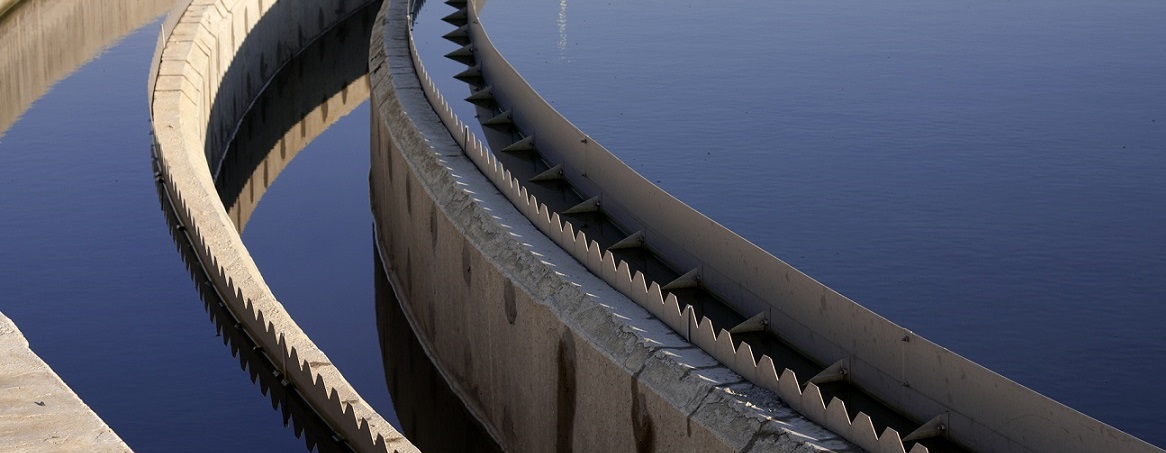
2017 has been a year of extremes: of floods and droughts, of destructive hurricanes and wildfires. It has shown us that water security is vitally important if societies across the world are to prosper.
Today, we launch the latest edition of CDP’s Global Water Report – ‘A Turning Tide: Tracking corporate action on water security’ – in India, one of the most water stressed countries in the world. Changing rainfall patterns, heavily depleted groundwater resources andrapid economic growth have combined with a systematic undervaluation of water resources to threaten water security across the country.
As a recent World Bank report highlights, a lack of water can have devastating impacts on ‘farms, firms and families’, with long-term repercussions on human health and the economy.
Water security is imperative for sustainable development. But the fundamental economic and social roles it plays are currently not reflected in its market value.
While water-related challenges have never been more apparent, 2017 has also been a year of unprecedented action on water, and it’s in India where some of the most innovative solutions are emerging.
This year, 73 global companies made it onto CDP's A List for leadership on water security, a staggering 193% increase on last year’s result.
Our analysis shows that, more than ever, companies are recognizing what is at stake when it comes to achieving water security. Household names, from Burberry to Kellogg’s to Unilever, are now integrating water stewardship into their strategic business practices.
These companies are going beyond simply identifying their specific water-related risks. They are taking action – and at the highest levels. Since 2010, board level oversight of water issues has increased from 67% to 72% of the companies disclosing to CDP.
The next step for water stewardship
Throughout the world, the market value of water is currently well below what it is worth once we consider all the environmental and social benefits it provides. But we are seeing an encouraging new trend emerge. More and more companies are ready to put a ‘true price’ on water.
Our data reveals that a group of 53 companies (seven percent of companies disclosing to CDP) are establishing internal values on water that reflect the broader costs associated with the resource. This is a big step towards better water stewardship: accounting for water’s true price gives companies a clear business case for investment to reduce waste, eliminate pollution and manage supplies sustainably to strike a more equitable balance of water within the basins in which they operate and buy from.
Swiss food giant Nestlé S.A., for example, assigns a theoretical price on water ranging from around US$1 to US$5 per square meter, depending on a factory’s physical risk score generated by the Nestlé Combined Water Stress Index. Applying a notional price on water helps the company conduct scenario analysis of regulatory and tariff changes at a local level.
Securing water through innovation
Meanwhile, in 2017, companies committed US$23.4 billion across more than 1,000 projects to tackle water risks across 91 countries worldwide, including desalination, reclaiming waste-water and improving irrigation to avoid droughts.
Take Indian conglomerate ITC, for example. It has recognized the major risks water stress poses to its farmers and its bottom line, and has invested some US$8.7 million to tackle the problem in 2016-2017 alone.
By funding new infrastructure and educational initiatives, ITC is helping farmers conserve soil and water. As of March 2017, the company had constructed over 10,000 water-harvesting structures with the potential to collect 30 million cubic meters of rainwater. It has also increased the availability of water for farming communities near its units through the provision of treated wastewater, a valuable resource for irrigation.
ITC is far from alone in taking action in India. Cosmetics giant L’Oréal has recognized that water stress in the Krishna River basin could lead to restrictions on water use in its Pune manufacturing plant. It’s why the company has invested US$1.5 million in new technology to make its facilities as water efficient as possible, thereby reducing its dependence on already stressed freshwater resources.
From water management to water stewardship
This is a step in the right direction, but there is still a long way to go. According to the G20, meeting the targets for water set out in the UN Sustainable Development Goals (SDGs) requires US$6.4 trillion of investment by 2030.
And while momentum for action on water security is growing, water stewardship will only become a core business practice globally once board members have access to the tools and insight to place a true value on water - one which is inclusive of social and environmental externalities.
The transition to a water-secure world is underway. It is now up to all companies to play their part in delivering it. Failing to act now puts them at risk of constrained business growth and of missing out on the business opportunities that water stewardship presents.
Read more about our findings and take a look at the full report.

